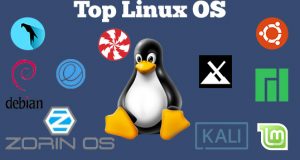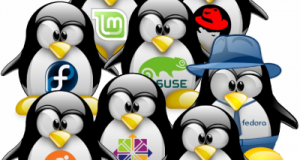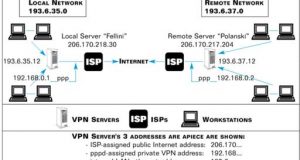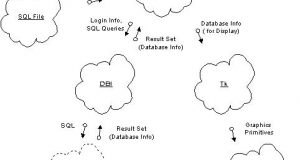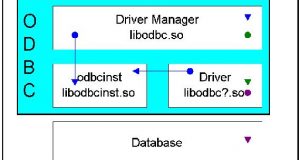Eddie Harari Issue #68, December 1999 This article discusses a few of the many procedures we must take after the install is done, so that the system will not be trivial to hack. Installing a Linux system is a relatively easy task. Most of the distributions provide automatic installation tools; these tools take care of the installation procedure from beginning ...
Read More »Linux Magazine
Corporate Linux – Linux into a large-scale production network
Markolf Gudjons Issue #68, December 1999 Integrating Linux into a large-scale production network running SPARCs and Windows. Linux has come a long way in these past few years, no longer a geek toy and well on its way to being a mainstream operating system. Linus Torvalds, with tongue firmly planted in cheek, is striving for world domination; however, one of ...
Read More »Linux VPN
David Morgan Issue #68, December 1999 A look into VPNs—what they are and how they work. Commercial Virtual Private Network (VPN) products are becoming widespread. They let confidential data safely take the “free ride” offered by the Internet, compensating for the Net’s intrinsic lack of security. A Linux VPN can be constructed several ways. One is outlined in the clever ...
Read More »Oracle Database Administration with Orac
Kevin Kitts Issue #67, November 1999 Database Administration got you down? Here’s a tool to help you out. Orac is an open-source database administration tool written in Perl/Tk. It was written primarily by and for DBAs (database administrators). However, it will also be very useful to developers and anyone else who wants to understand more about how (and how well) ...
Read More »MySQL database
David Axmark Michael xxxxxxx Widenius Issue #67, November 1999 A look at the MySQL database—where it’s been, where it is now, and where it’s going. MySQL’s history goes back to 1979 when TcX, the company that developed MySQL, started working with database programs. This first version was a screen builder/reporting tool written in BASIC. At that time, ...
Read More »Open Database Connectivity
Peter Harvey Issue #67, November 1999 Mr. Harvey describes the ODBC open specification for application developers. Open Database Connectivity (ODBC) is an open specification for providing application developers with a predictable application programmers interface (API) with which to access data sources. Data sources can be just about anything, provided someone has created an ODBC driver for it. The most common ...
Read More »Using Java Servlets with Database Connectivity
Bruce McDonald Issue #67, November 1999 The persistent nature of Java servlets makes them ideal for database/web technology. Mr. McDonald takes a look at using servlets with PostgreSQL and JDBC. The Common Gateway Interface (CGI) has and continues to be the most commonly used method for creating dynamic and responsive web pages. The main problem with CGI (that stems from ...
Read More »Configuring a Dial-On-Demand Server in Linux
Liu Kwong Ip Issue #67, November 1999 Here’s the way to develop a dial-on-demand database cluster in Linux. About half a year ago, we began a project called NORA to develop an information system for a private dental clinic in Hong Kong. The basic requirement was that the clinical information, including patient folders, appointment books, laboratory work, etc., could be ...
Read More »Linux for embedded controllers
Andy Gotz Petri Makijarvi Bernard Regad Manuel Perez Paolo Mangiagalli Issue #66, October 1999 A scientific laboratory in Europe depends on Linux for controlling equipment used in their research. Linux is being used at the European Synchrotron Radiation Facility to build distributed embedded controllers. The embedded systems are either PC/104-based systems, which boot from a flashdisk, or VME crates which ...
Read More »Linux kernel to their embedded system
He Zhu Xiaoqiang Chen Issue #66, October 1999 An experiment and experience in using Linux in an embedded application. We believe Linux is going to play a significant role in embedded applications. It is compliant with POSIX 1003.1 and supports the POSIX soft real-time extension. Theoretically, it is capable of supporting a wide range of embedded applications which require only ...
Read More » Linux, Linux OS, Free Linux Operating System, Linux India Linux, Linux OS,Free Linux Operating System,Linux India supports Linux users in India, Free Software on Linux OS, Linux India helps to growth Linux OS in India
Linux, Linux OS, Free Linux Operating System, Linux India Linux, Linux OS,Free Linux Operating System,Linux India supports Linux users in India, Free Software on Linux OS, Linux India helps to growth Linux OS in India
